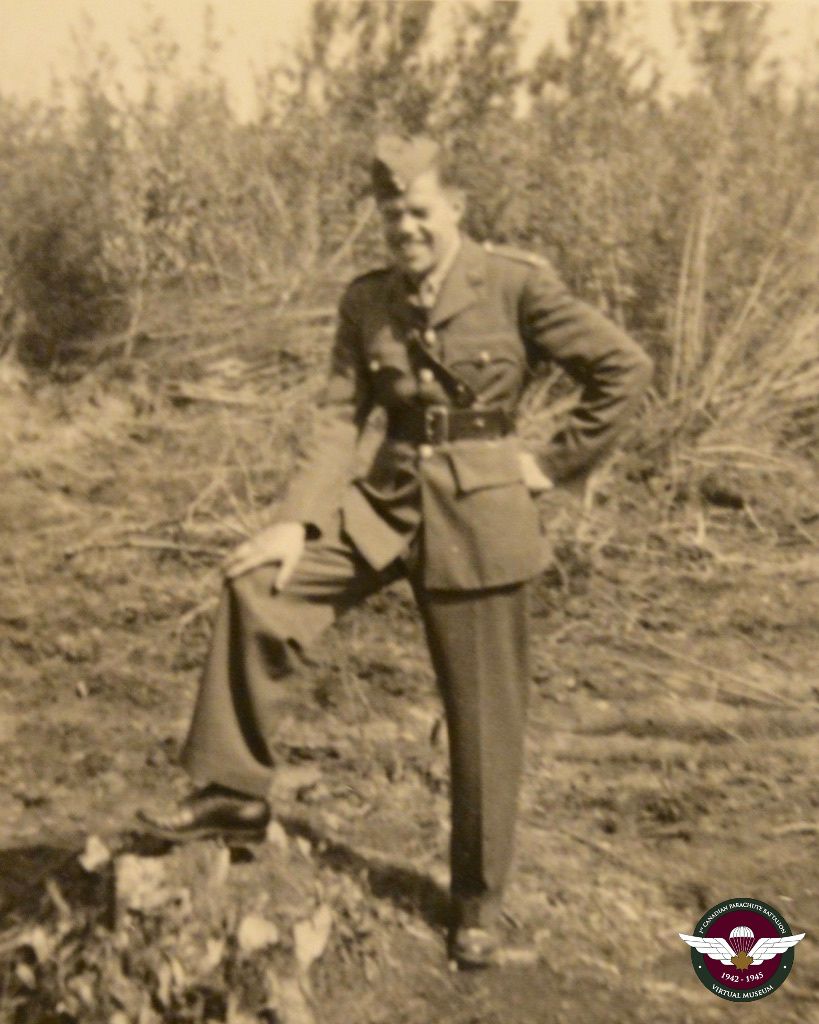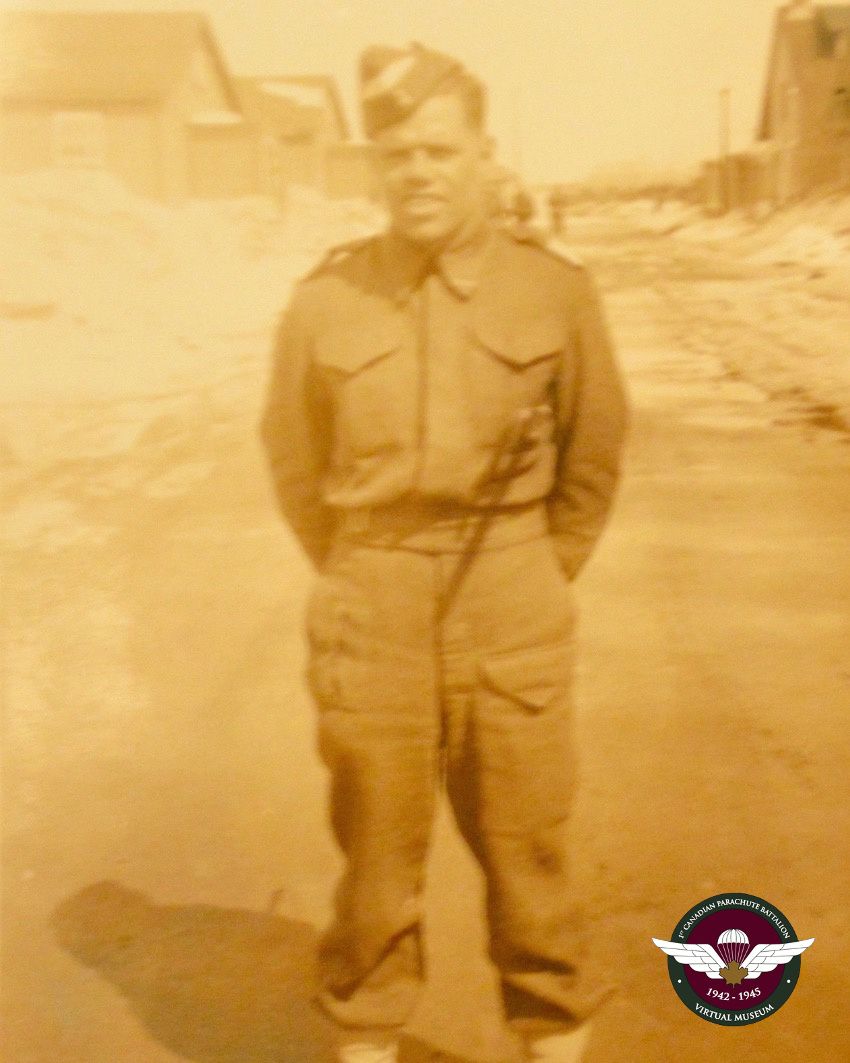Lieutenant William Angus Jenkins
William (Bill) Angus Jenkins was born in New York City, U.S.A. 1916 to parents Hugh Alexander Jenkins and Florence Anne MacInnes. At the age of 13, William and his mother Florence immigrated to Canada where they settled in Braddech Sydney, Turo for several years. They eventually relocated to Sackville, New Brunswick where later, his mother, unfortunately, took ill and died.
William was a studious young boy, completing his grade 12 education. He had a thirst for knowledge at a young age and continued his post-secondary education graduating in 1938 with a Bachelor of Science from MacDonald College. He didn’t stop there; he went on to complete his Master's Degree in 1942 from McGill University. Not only did he strive to continue his education, William had an interest in sports and other activities such as football, basketball, boxing and running and even being involved in the debating teams and student affairs. William began an early career with his main focus on how to improve farm management and education.
World War 2 was well in full momentum when William enlisted with No. 6 District Depot, C.A. and posted to “E” Wing on February 14, 1943. He was quickly promoted to Acting Sergeant (A/Sgt) on February 18, 1943. William would later take his commission and be promoted to First Lieutenant. He was always looking for a greater challenge and decided to pursue the 1st Canadian Parachute Battalion. He completed all the physical and aptitude testing with ease. William was selected to attend the Parachute School in Shilo, Manitoba.
He graduated his parachute course on December 14, 1943 and now a proud member of the elite 1st Canadian Parachute Battalion. He began training with the Battalion for what would be one of the largest parachute operations in history. He served with the Anti-Tank Coy when he parachuted on Operation Varsity, known as the Rhine Drop in 1945 that disabled German Panzer Battalion, followed by a 275-mile march across Northern Germany to stop the Russian Army at the Elbe River.
After the war, William’s quest for knowledge continued as he received a Masters in Economics from Cornell University in 1947, then a Masters in Public Administration from Harvard University in 1952, and finally, his Ph.D. in Public Administration from Harvard University in 1961. William continued working in the farming industry, he held numerous positions with the Provincial Dept. of Agriculture, the Nova Scotia Agricultural College (NSAC), as well as Chairman of the Nova Scotia Farm Land Settlement Board.
Bill retired as Principal of NSAC in 1972 after witnessing growth in both the level and training for all sectors of the agricultural industry. He then joined the staff of the Council of Maritime Premiers Higher Education Commission, Executive Vice President of Atlantic Provinces Economic Council (APEC), and finally retiring from Canadian Executive Services Overseas (CESO) in 1992. William’s knowledge and expertise took him on consulting projects to places such as Cuba, Pakistan, Northwest Territories, Jamaica, Trinidad, Grenada and St. Lucia.
William and his soul mate Rebecca Jean Retson had raised their family having two beautiful daughters named Catherine and Heather. William and Rebecca would remain together for 66 years until his passing. The world lost a fine man, husband, father, grandfather and war veteran, William died in his sleep at home on November 2, 2009. William accomplished so much in his life that he was an inspiration and positive role model to many. If you have read William’s biography, then you have kept his memory alive.
Vickers Machine Gun
Below is a Vickers Machine Gun which was a favourite piece of firepower for Jenkins. It chambered a .303 British cartridge with a rate of fire at 450 – 500 rounds per minute with an effective range of 2,000 meters. It was usually employed by a 3-man team in order to carry all the parts and ammunition required. Due to the Vickers Machine Gun having the ability of such a long-range, it was employed to support the platoon at a greater distance from the enemy. Photographs courtesy of Arundel Militaria in the U.K.


















